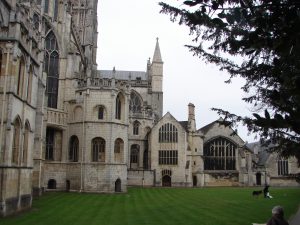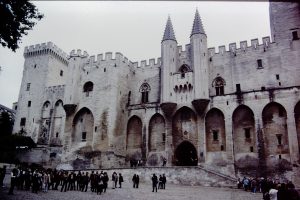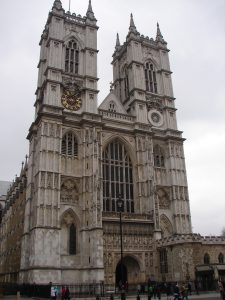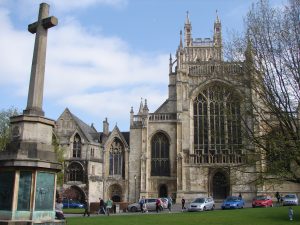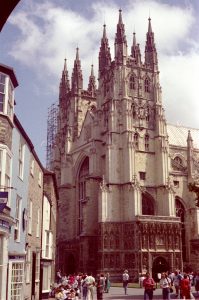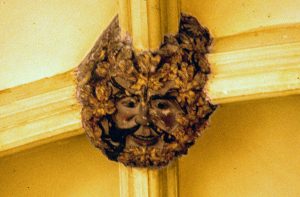 Green men or foliate faces are carved in many medieval churches in England as well as on the continent of Europe. In our travels abroad, my husband and I have found examples of such faces in France, Spain and Germany. They are particularly prevalent in the English County of Devon where I have set the second of the Lady Apollonia West Country mysteries, Plague of a Green Man. Someone uses the depiction of a green man as a symbol of threat and intimidation.
Green men or foliate faces are carved in many medieval churches in England as well as on the continent of Europe. In our travels abroad, my husband and I have found examples of such faces in France, Spain and Germany. They are particularly prevalent in the English County of Devon where I have set the second of the Lady Apollonia West Country mysteries, Plague of a Green Man. Someone uses the depiction of a green man as a symbol of threat and intimidation.
Exeter Cathedral, which also plays a role in my story, has many examples of medieval foliate faces, most carved in stone but also some in wood. A number of the stone carvings are roof bosses where the ribs of the vault come together while others appear at the tops of columns or in corbels which support the ribs of the vault overhead. The picture shown above is the one I feature on the cover of my 2nd book. Several of the medieval misericords, or fold up seats in Exeter Cathedral’s quire, depict green men that are carved in solid oak.
The term, Green Man, was not coined until the 20th century to describe these ancient foliate faces, but the idea of mixing images of foliage and human faces goes back to at least Roman times. We don’t know how medieval people interpreted these figures or why they were so popular with medieval carvers. Neither do we know how the clergy of the period reacted to them.
There are great varieties in the style and mood of these faces. Some seem to represent anticipation of new life while others appear more threatening. Some carvings are very realistic while others seem more abstract. Sometimes foliage grows out of the mouth of the foliate face but occasionally from the nostrils or ears. The images nearly always focus upon the face. Only rarely is more of the body included.
